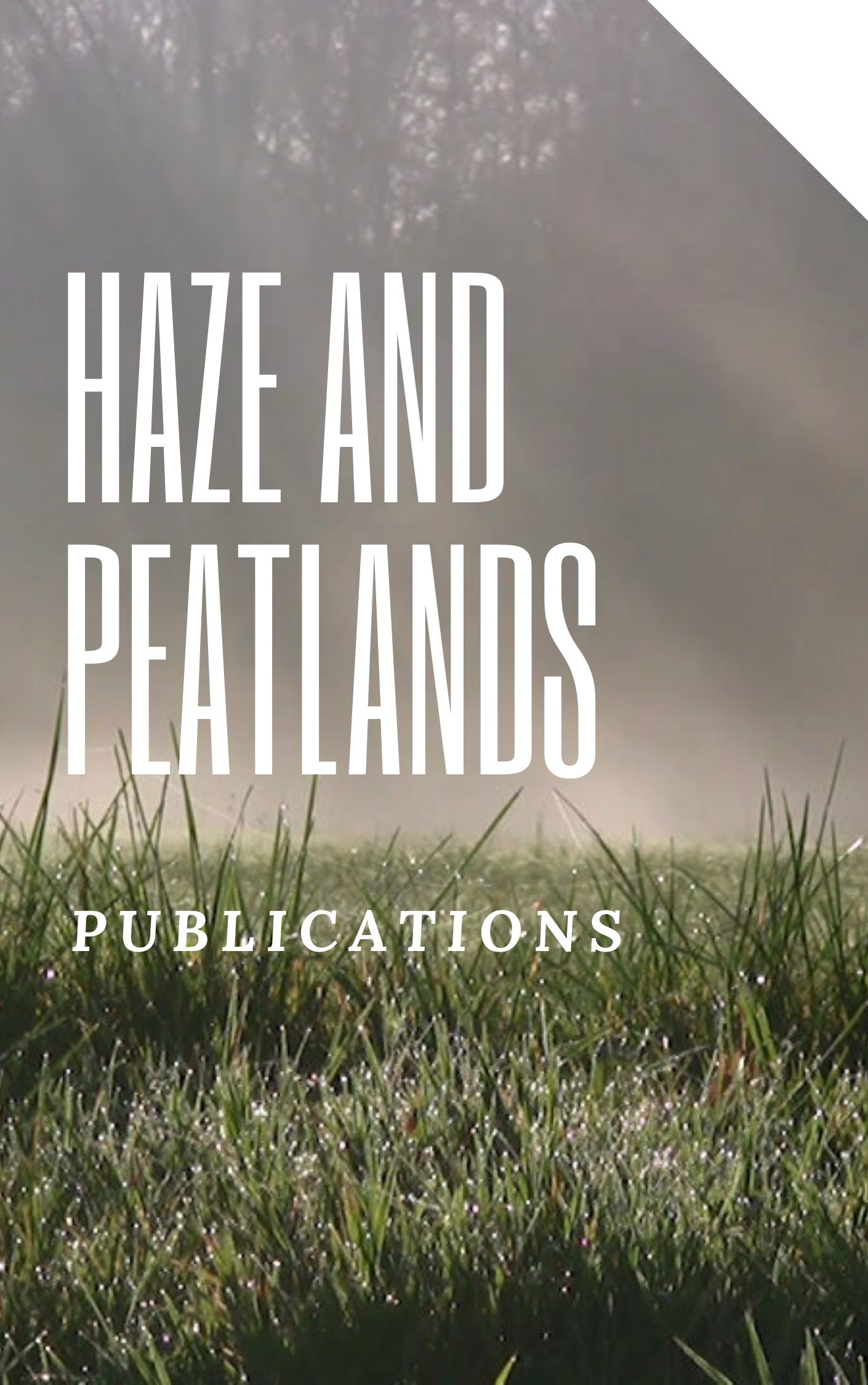This study investigated spatial factors controlling CO2, CH4, and N2O fluxes and compared global warming potential (GWP) among undrained forest (UDF), drained forest (DF), and drained burned land (DBL) on tropical peatland in Central Kalimantan, Indonesia. Sampling was performed once within two weeks in the beginning of dry season. CO2 flux was significantly promoted by lowering soil moisture and pH. The result suggests that oxidative peat decomposition was enhanced in drier position, and the decomposition acidify the peat soils. CH4 flux was significantly promoted by a rise in groundwater level, suggesting that methanogenesis was enhanced under anaerobic condition. N2O flux was promoted by increasing soil nitrate content in DF, suggesting that denitrification was promoted by substrate availability. On the other hand, N2O flux was promoted by lower soil C:N ratio and higher soil pH in DBL and UDF. CO2 flux was the highest in DF (241 mg C m(-2) h(-1)) and was the lowest in DBL (94 mg C m(-2) h(-1)), whereas CH4 flux was the highest in DBL (0.91 mg C m(-2) h(-1)) and was the lowest in DF (0.01 mg C m(-2) h(-1)), respectively. N2O flux was not significantly different among land uses. CO2 flux relatively contributed to 91-100% of GWP. In conclusion, it is necessary to decrease CO2 flux to mitigate GWP through a rise in groundwater level and soil moisture in the region.
View source

